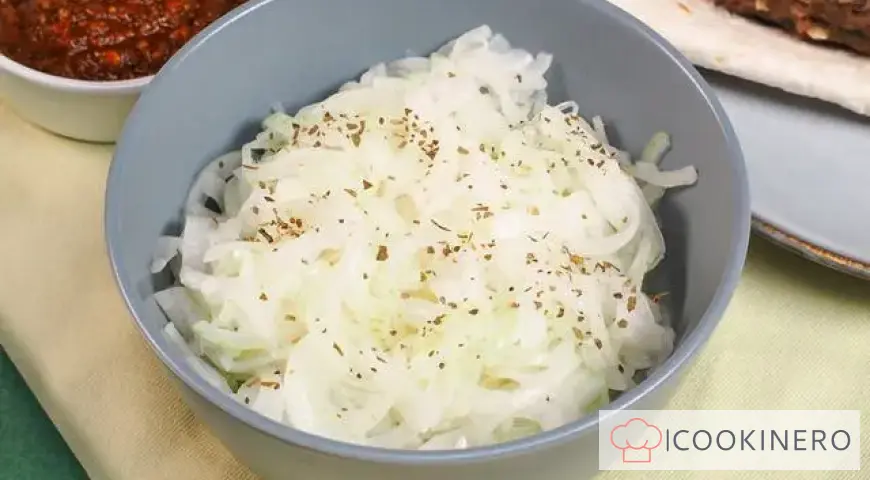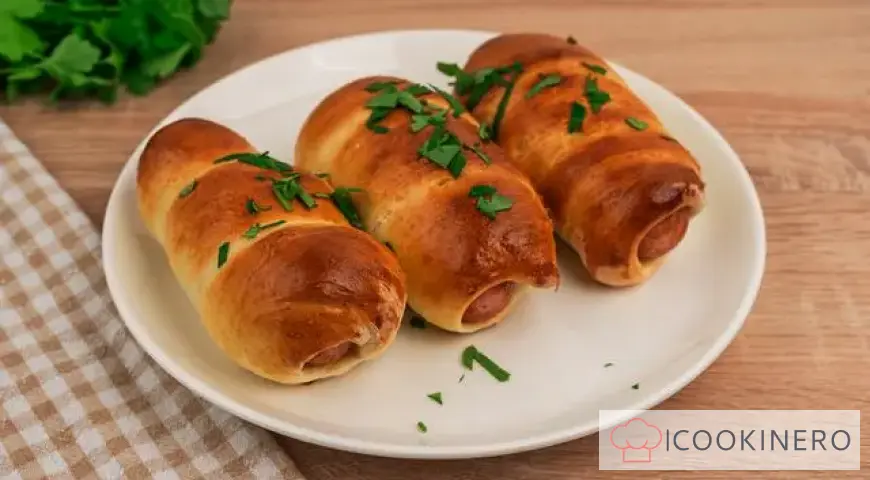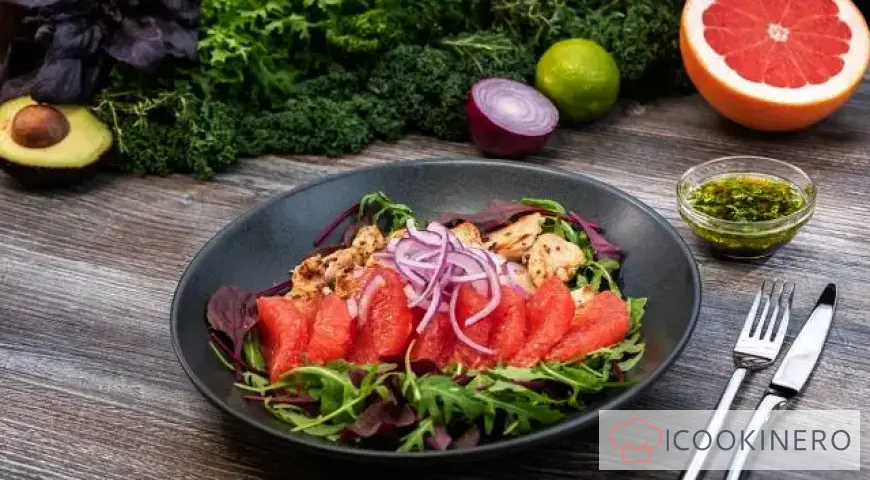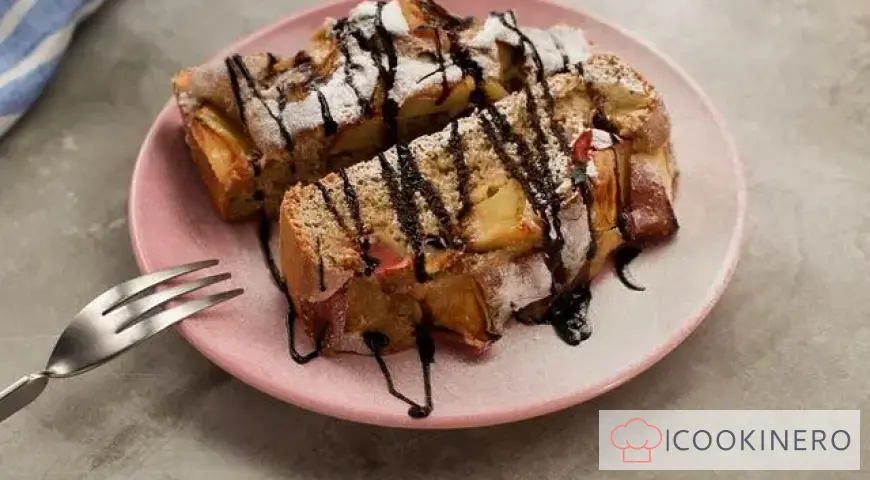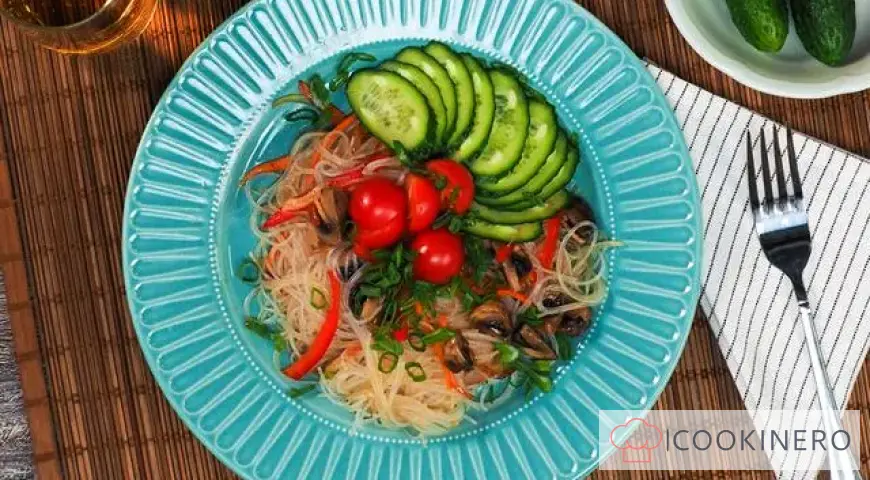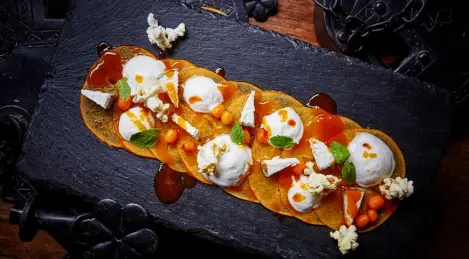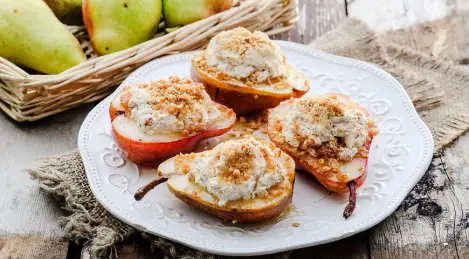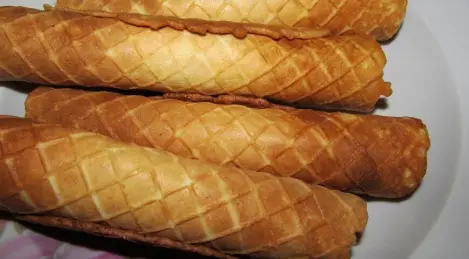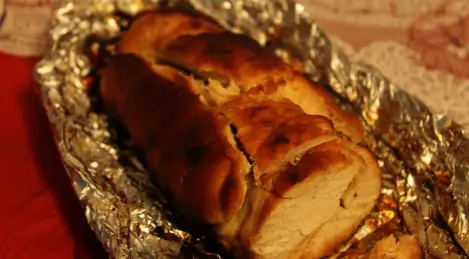Pancakes with dill
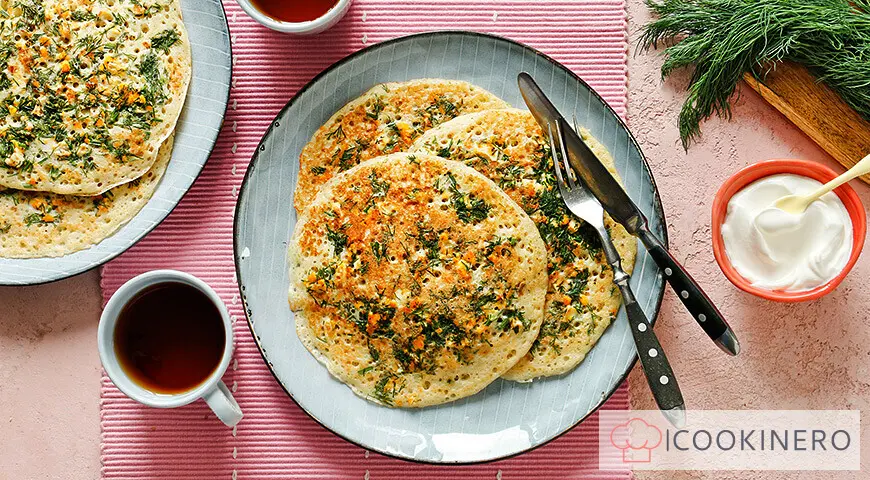
Yeast pancakes with dill are a real gift to all lovers of Russian cuisine: the dish turns out to be hearty, appetizing and fragrant. The dough is prepared in a rather traditional way, in a sponge way, which can hardly surprise a good housewife. But the technology of baking for many seems outlandish, although it was once widespread. Its essence is simple: the filling is poured with dough (or laid out on top of it, and then covered with another thin layer of dough), after which the pancake is fried on both sides. You can use a variety of products as a topping, for example, onions, ham, smoked fish, vegetables ... We suggest making pancakes with fragrant dill and hard-boiled eggs, because it is tasty and budget-friendly.
How to cook Pancakes with dill
Step 1
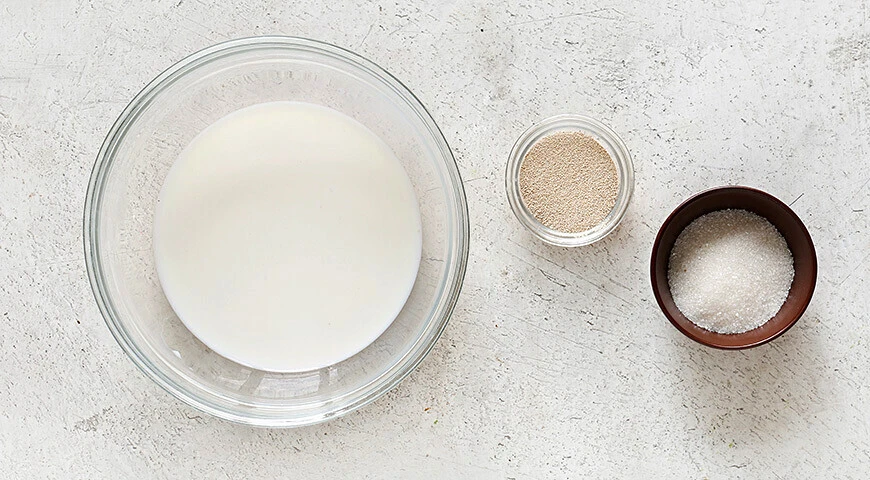
Prepare dill pancake dough. Heat milk (150 ml) to 35°C, add a teaspoon of sugar and crumbled yeast. Stir and leave for 10 minutes until bubbles appear on the surface.
Step 2
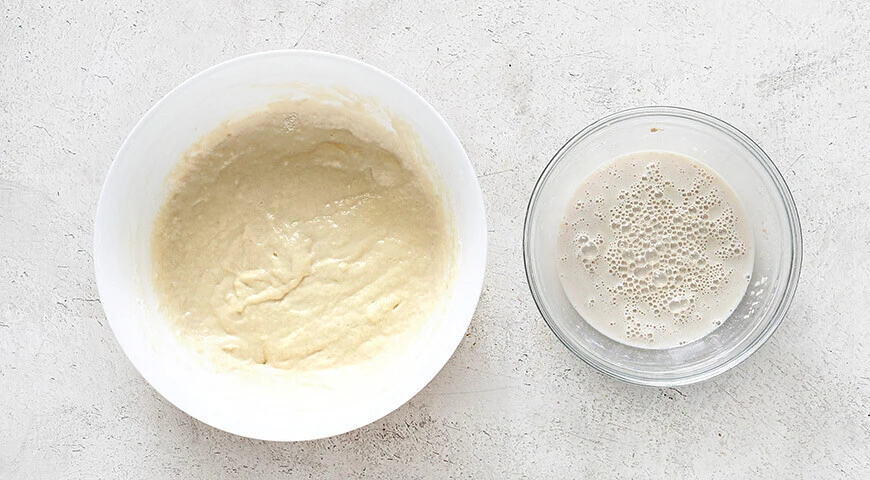
Sift flour. Mix most of it (about 300 g) with 350 ml of milk until a mass of a homogeneous consistency is obtained. Pour in the yeast mixture. Mix thoroughly, cover with a towel and leave the dough in a warm place to rise for 1 hour.
Step 3
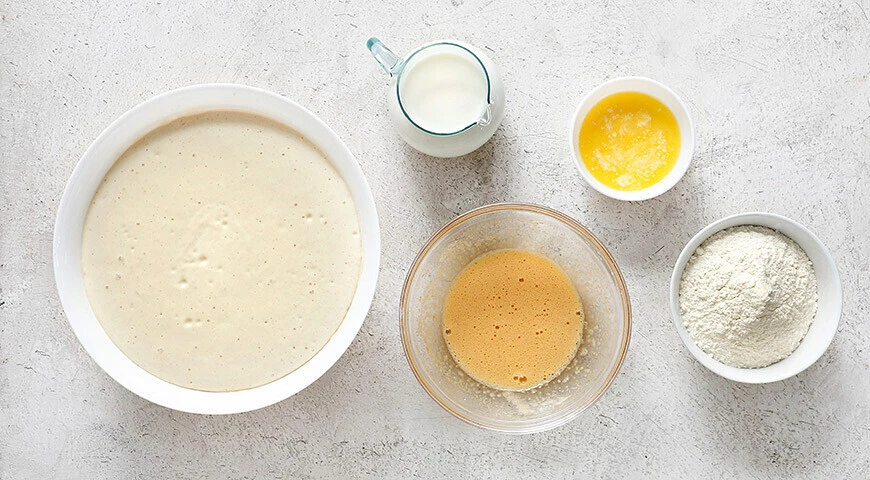
Melt butter for pancake dough and let cool. Separate egg yolks from whites. Rub with remaining sugar and salt. When the dough rises, add butter, yolks, remaining flour and milk to it.
Step 4
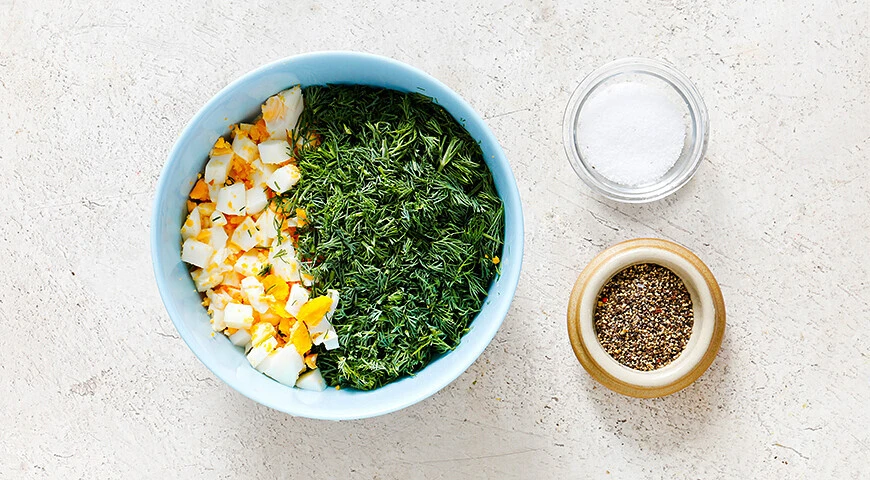
Prepare the pancake topping. Hard boil the eggs (10 minutes), cool, peel and finely chop. Wash the dill and pat dry. Finely chop, combine with eggs. Salt to taste and stir.
Step 5
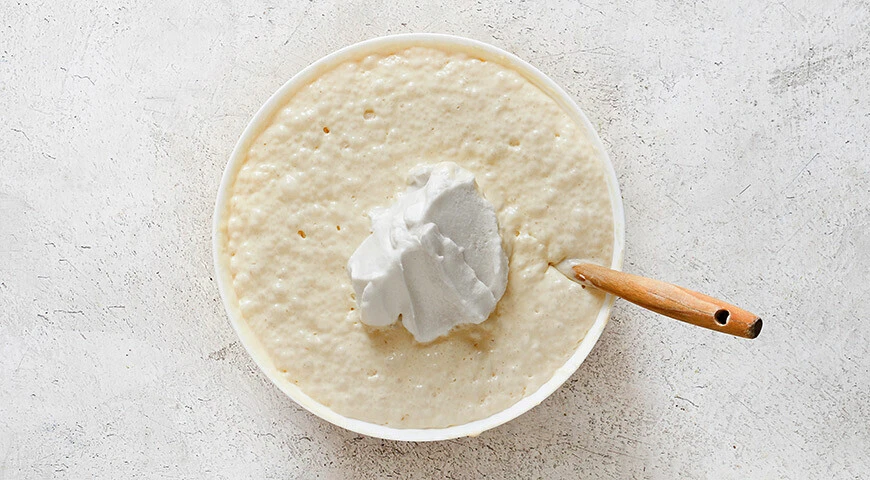
Thoroughly knead the pancake dough with a mixer. Cover with a towel and leave in a warm place for 1.5 hours. Beat the whites with a mixer into a strong foam. Add to the batter, mixing from bottom to top.
Step 6
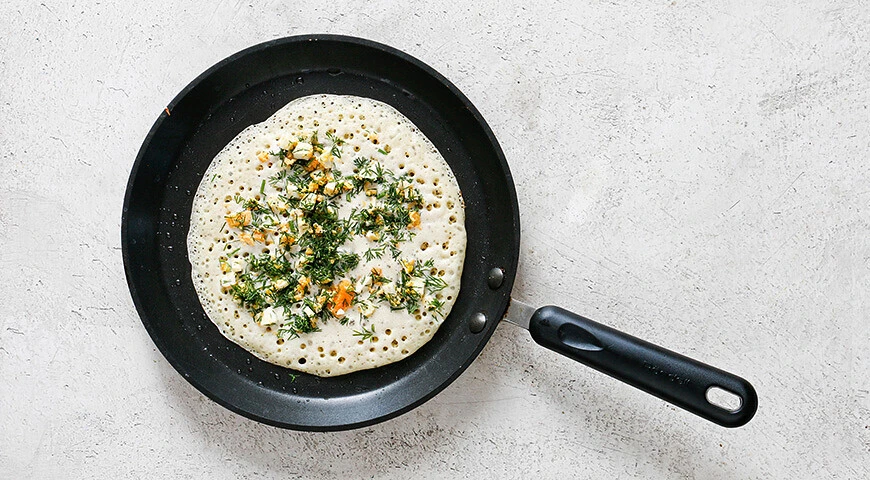
Let the dough rise (about 30 minutes) and immediately start baking pancakes, periodically greasing the pan with oil. This should be done in a special way. Put a little seasoning in the pan and immediately pour the dough (the amount depends on the size of the container). Brown the pancake on one side, then flip and fry on the other.
Pancakes with dill - FAQ About Ingredients, Baking Time and Storage
Reviews: 0
0 Overall ratingHave you already prepared this recipe? Tell what you think.
Write a review
Trending
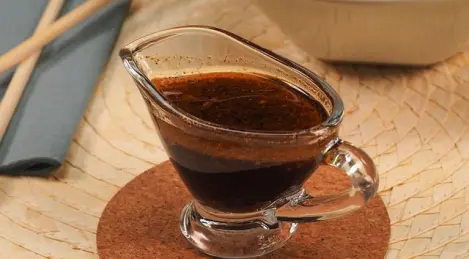
Dressing for funchose
Funchoza is a dish made from starch noodles combined with various sauces and dressings. Noodles made from mung bean starch become transparent during cooking. That is where its name comes from - "glass". It is served hot, cold, and sometimes
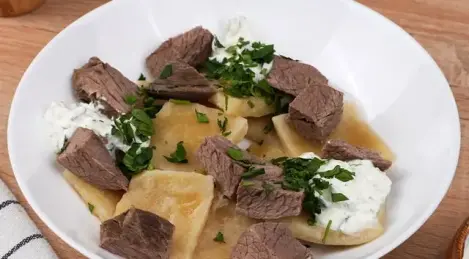
Khinkal in Dagestan style
Khinkal is a traditional Caucasian dish. It is often confused with such a famous Georgian dish as khinkali. And, although the set of products in both dishes is quite similar, they are nevertheless different. Traditionally, khinkal is prepared on the
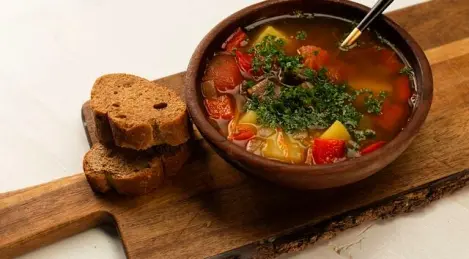
Beef shurpa
Shulum, chorpa, shorpo, sorpa... In different countries, shurpa is called by different names, but it looks about the same everywhere: a rich soup with meat and vegetables. Various herbs and spices can be added to it, or it can be made on the basis of
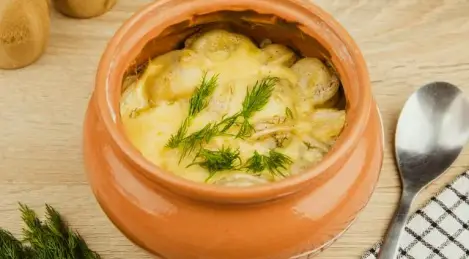
Dumplings baked with sour cream
Pelmeni are a familiar, filling and tasty dish. But you can cook them in a very original way: bake them in the oven with sour cream sauce. This option for cooking the dish will not take much time, but will please you with the result. Juicy meat in te

